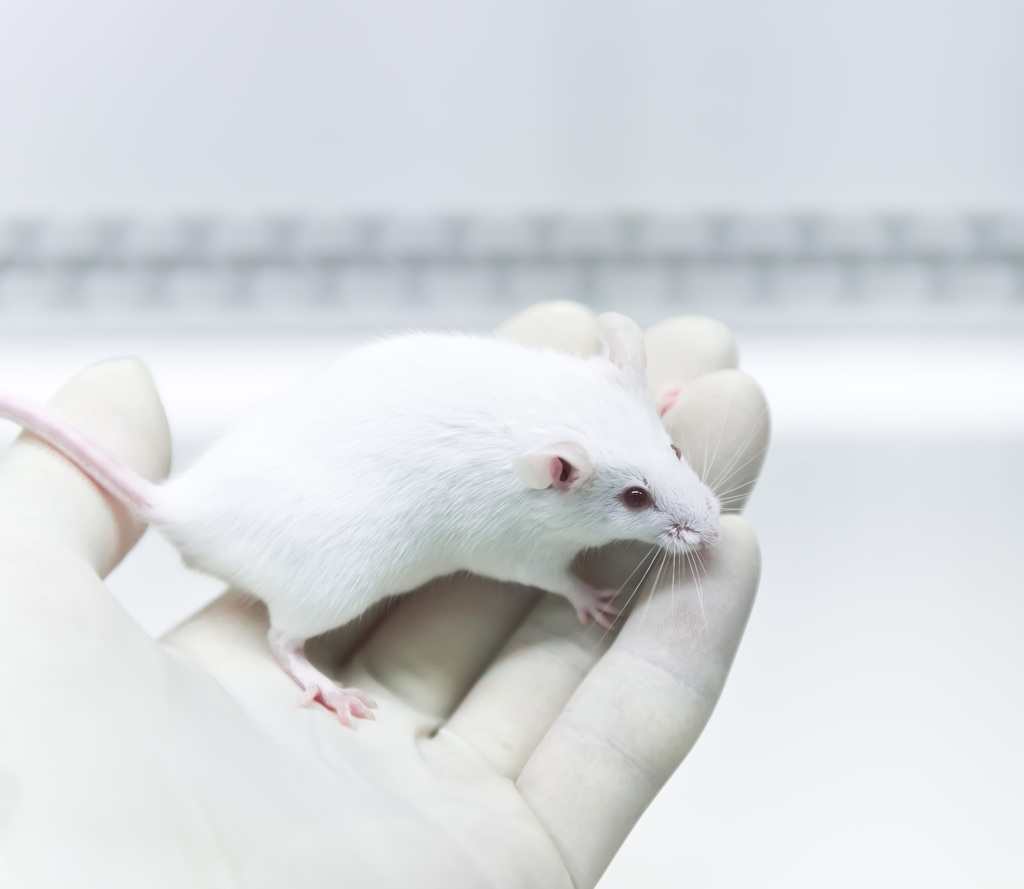Implanting Genetically Corrected Stem Cells Partially Restores Enzyme Activity in Sanfilippo Mice, Study Finds

Brain transplantation of genetically corrected stem cells partially restored enzymatic activity in mice with Sanfilippo syndrome, according to UCLA researchers.
Their study, “Genetically Corrected iPSC-Derived Neural Stem Cell Grafts Deliver Enzyme Replacement to Affect CNS Disease in Sanfilippo B Mice,” was published in the journal Molecular Therapy Methods & Clinical Development.
Mucopolysaccharidosis type IIIB (MPS IIIB), one of the four types of Sanfilippo syndrome, is a genetic disorder caused by a deficiency in α-N-acetylglucosaminidase (NAGLU) — an enzyme that normally degrades a molecule called heparan sulfate.
An accumulation of heparan sulfate, which occurs inside lysosomes (cell compartments that digest and recycle various types of molecules), leads to neurological dysfunction in patients with Sanfilippo syndrome.
MPS IIIB is a monogenic disorder (it’s caused by a mutation in a single gene) and as such it is an ideal candidate for gene therapy. Gene therapy involves the delivery of a correct version of NAGLU contained within an inactivated viral vector.
However, this approach has not been very successful so far, largely because it cannot be effectively targeted to the brain. This organ is protected by a semipermeable membrane, called the blood-brain barrier, which protects it from the outside environment.
An alternative approach to treat this disease is by using the patients’ own induced pluripotent stem cells (iPSCs) to generate neural stem cells (NSCs).
iPSCs are a type of stem cell that can give rise to almost any cell type in the body. These NSCs can then be corrected with gene therapy in a laboratory setting, and then implanted back into patients’ brains.
These corrected stem cells can then engraft in the brain and provide a long-term supply of the necessary enzyme to the central nervous system (CNS).
In this study, researchers were able to reprogram embryonic fibroblasts (a type of cell commonly found in connective tissue) from a Sanfilippo mouse model back into iPSCs. These cells were then corrected to express the normal version of the NAGLU gene, using an approach similar to that used in gene therapy, and ultimately transformed into neural stem cells.
These corrected stem cells were then effectively transplanted into the brains of Sanfilippo mice at birth, leading to a partial restoration of NAGLU activity.
Importantly, these engrafted cells led to a significant reduction in lysosomal storage material and astrocytosis, which is an abnormal increase in the number of astrocytes (a type of CNS cell) resulting from the destruction of nearby neurons.
The team also observed reduced microglial activation – high levels of which lead to inflammatory activity – back to normal levels.
“These data also provide a promising proof of principle for this approach and pave the way to performing similar approaches to treat MPS IIIB patients with their own derived and corrected iPSCs,” researchers wrote.






